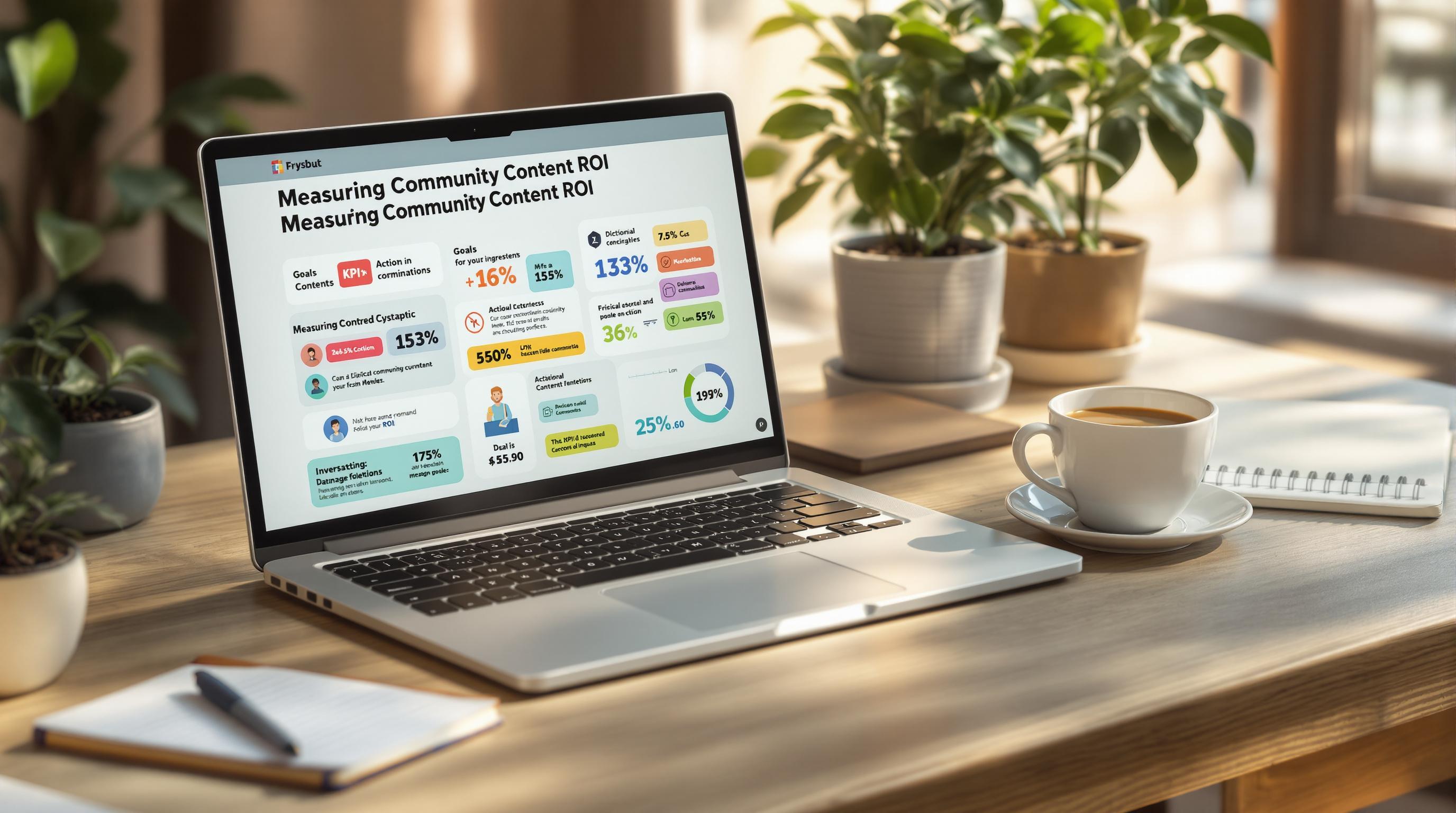B2B pricing segmentation divides customers into groups based on traits like company size, industry, or behavior to set tailored pricing that matches their needs and value perceptions. This approach helps businesses boost revenue, improve customer satisfaction, and stay competitive.
Key Takeaways:
- What it is: Grouping customers by traits, behaviors, or needs to create customized pricing strategies.
- Why it matters: Increases revenue, loyalty, and customer satisfaction.
- Challenges: Managing complex data, resolving overlapping segments, and adapting to market changes.
- How to do it:
- Use firmographics, behavior, needs, and technology data.
- Focus on value-based, firmographic, or behavioral segmentation.
- Leverage tools like AI analytics and CRM platforms for insights.
- Steps to start:
- Collect data on customer traits and buying patterns.
- Build segmentation frameworks (e.g., industry, behavior).
- Test, refine, and update pricing strategies regularly.
This guide outlines everything you need to know - from data collection to actionable strategies - to create effective B2B pricing segmentation models that align with customer value.
Related video from YouTube
Principles of Effective Pricing Segmentation
To tackle the challenges of B2B pricing, segmentation strategies need to strike a balance between accuracy and practicality.
Key Criteria for Segmentation
Four main factors are essential for creating effective pricing segments:
- Measurability: Each segment should be defined by clear, data-driven characteristics, such as annual revenue, purchase volume, or technology use.
- Accessibility: Segments should align with existing sales channels and customer management systems, making them easy to identify and reach.
- Sufficient Size: Segments need to be large enough to warrant tailored pricing strategies and deliver a worthwhile return.
- Actionability: Your business must be equipped to handle and serve these segments with distinct pricing strategies.
These criteria help ensure that your segmentation efforts are both practical and impactful.
B2B Segmentation Bases
Different segmentation bases influence pricing in specific ways:
| Base Type | Pricing Influence |
|---|---|
| Firmographic | Shapes basic pricing tiers and positions in the market. |
| Behavioral | Affects discounts and contract terms. |
| Needs-Based | Impacts how features and services are packaged. |
| Technographic | Helps set prices for product compatibility and integrations. |
"Customers' perceived value must be the North Star for designing tiered pricing structures." - Dr. Rafi Mohammed, Harvard Business Review [5]
Combining these bases can enhance precision. For instance, using both firmographic and technographic data allows businesses to create pricing tiers that reflect payment capacity alongside technical needs. This ensures pricing aligns with the value customers perceive in each segment.
Approaches to B2B Pricing Segmentation
There are three main strategies for effective B2B pricing segmentation, each focusing on different customer insights:
Value-Based Segmentation
This method emphasizes the benefits customers perceive rather than internal costs. It follows the idea of using perceived value as a guiding principle.
For example, a $2 billion service provider boosted its revenue by shifting from unclear pricing to a transparent model based on value analysis [4].
Key steps in value-based segmentation include:
- Identifying value metrics: Use transaction data to understand price sensitivity.
- Tailoring communication: Craft messaging for each segment that highlights the most relevant benefits.
Firmographic and Technographic Segmentation
This approach combines company-specific details with technology usage to create tailored pricing models.
| Segmentation Factor | Pricing Implications |
|---|---|
| Company Size | Pricing tiers based on employee count or revenue |
| Industry Vertical | Custom packages and pricing for specific sectors |
| Tech Stack | Pricing tied to integration capabilities |
Behavioral and Needs-Based Segmentation
By analyzing customer behavior and needs, this strategy leverages purchasing habits and usage data to refine pricing.
Key considerations include:
- Purchase Volume: Study historical buying trends.
- Usage Patterns: Track how features are adopted and used.
- Contract Preferences: Understand favored payment terms.
- Service Needs: Assess requirements for support and implementation.
These metrics should align with the broader segmentation principles outlined earlier, ensuring that insights from purchase volume and usage patterns directly support actionable pricing strategies.
Data Collection and Analysis for Segmentation
Key Data Points for Segmentation
For effective B2B pricing segmentation, gathering the right data is essential. The most useful data points include transaction history, firmographics, and customer behavior patterns.
| Data Type | Key Metrics | Purpose |
|---|---|---|
| Transaction Data | Purchase volume, order frequency, contract terms | Establish pricing baselines |
| Firmographic Data | Company size, revenue, industry vertical | Define market positioning |
| Usage Data | Feature adoption, service utilization | Gauge customer value perception |
| Cost Data | Service delivery costs, support needs | Identify profitability thresholds |
This information forms the backbone of pricing strategies, enabling businesses to use advanced analytical tools effectively.
Tools for Data Analysis
B2B companies today rely on a range of tools to make sense of complex segmentation data. For example, tools like the B2B Ecosystem's Price Strategist combine competitor insights with conversion data to refine segmentation approaches.
Key tools include:
- CRM Platforms: Monitor customer interactions and purchasing trends.
- AI Analytics Software: Detect patterns and predict customer behavior.
- Statistical Modeling Tools: Build and test segmentation frameworks.
Tackling Data Challenges in B2B
Raw data alone won't cut it - companies often face hurdles that need addressing first. Common challenges and solutions include:
| Challenge | Solution | Result |
|---|---|---|
| Incomplete Data | Use data enrichment services | Create actionable segmentation plans |
| Small Sample Sizes | Apply statistical modeling | Achieve more accurate segmentation |
| Integration Issues | Adopt unified analytics tools | Build operational segmentation models |
For example, businesses using unified analytics tools report data integration speeds twice as fast as manual methods [4].
To ensure data quality, companies should:
- Standardize collection processes to maintain consistency.
- Audit segmentation criteria quarterly to keep them current.
- Align stakeholders by fostering clear communication and transparent reporting.*
*Refer to the 'Principles of Effective Pricing Segmentation' section for more details.
When segmentation aligns with measurable goals, companies often see measurable improvements in revenue and customer retention [1][5].
sbb-itb-01010c0
Implementing and Refining Pricing Segmentation
To put segmentation strategies into action, it’s essential to turn insights into clear, actionable pricing tiers.
Building Pricing for Specific Segments
Creating pricing that resonates with different customer groups requires focusing on what they value most and what they need.
-
Analyze Key Value Drivers
Identify the features most widely adopted by each segment (refer to Usage Data in Key Data Points). Match these insights with the measurable criteria established in your segmentation strategy. Focus on features that each segment actively uses, as outlined in value-based segmentation. -
Set Up Pricing Tiers
Design pricing structures that reflect the unique value each segment perceives. Use firmographic and behavioral data to shape these tiers, ensuring they align with the previously discussed segmentation principles.
Testing and Refining Your Segmentation Models
Testing is crucial to ensure your pricing strategy works effectively. Use A/B testing with different price points and analyze usage patterns. Track metrics like segment-specific revenue growth (aim for a 15-20% increase) and renewal rates to measure success.
Focus on these areas for continuous improvement:
- Aligning pricing with value propositions
- Refining segment boundaries
- Optimizing price points
- Monitoring customer behavior
Integrate real-time customer behavior data into your pricing models. This approach allows you to make quick adjustments, stay competitive, and provide value that matches each segment’s expectations. Regular updates help ensure your strategy evolves with the market.
Using The B2B Ecosystem for Pricing Segmentation

The B2B Ecosystem offers specialized tools and services to help businesses refine their pricing strategies and understand market dynamics more effectively.
AI Tools for Segmentation
The platform includes AI-powered tools designed to simplify pricing segmentation:
- Price Strategist: Examines competitor pricing trends and improves conversion rates.
- TAM Analyst: Pinpoints overlooked opportunities and confirms market potential.
These tools tackle the data challenges highlighted earlier, making segmentation more efficient and actionable.
Consulting Services for Strategy
The consulting services extend beyond tools, providing tailored strategies and actionable plans. These services focus on creating segmentation frameworks, pricing models, and long-term strategies that evolve with market demands.
Strategy Development
- Industry-specific segmentation frameworks
- Pricing models built on detailed data analysis
- Step-by-step implementation plans
Ongoing Optimization
- Periodic strategy updates and fine-tuning
- Analysis of market reactions
- Monitoring of key performance metrics
- Evaluations of competitive positioning
Conclusion and Action Steps
Key Concepts Recap
B2B pricing segmentation helps businesses tailor their approach to different customer groups, boosting revenue by delivering value that matches each customer's specific needs. This process hinges on analyzing customer traits, behaviors, and requirements through methods like firmographic and behavioral analysis.
To succeed, companies need a strong data-driven foundation paired with a clear plan for execution. The goal is to combine detailed analysis with practical strategies that are easy to implement and drive results.
Now, let’s break down how to put these ideas into action.
Steps for Implementation
1. Build Your Data Foundation
Use your data resources to gather insights on:
- Customer purchase history and buying patterns
- Firmographic details like industry, size, and location
- Metrics on product usage and engagement
- Feedback and satisfaction scores from customers
2. Develop a Segmentation Framework
Organize your customers into meaningful groups using these layers:
- Primary segmentation: Industry, company size, and location
- Secondary segmentation: Buying behaviors and value alignment
- Advanced segmentation: Lifecycle stages or strategic partnerships
3. Execute and Monitor
Roll out your strategy while keeping an eye on key performance indicators like:
- Revenue growth within each segment
- Customer satisfaction levels
- Profitability across the board
- Your position in the market
Responding to Market Changes
Pricing segmentation isn’t a one-and-done process - it needs regular updates to stay relevant. Tools like the B2B Ecosystem's Price Strategist can help you track market trends and fine-tune your approach. Aim to review your segmentation every quarter or whenever major market shifts occur.
To stay ahead, focus on these actions:
- Track performance metrics for each segment
- Collect ongoing feedback from customers
- Keep an eye on competitor pricing strategies
- Look for emerging opportunities in the market
- Adjust your segmentation criteria as needed
FAQs
What are the popular B2B discount pricing strategies?
One commonly used strategy is value-based pricing, adopted by 28% of pricing professionals [2]. Instead of focusing solely on competitors, this method centers on the customer's perceived value of the product or service. It typically involves:
- Understanding how much customers are willing to pay
- Assessing the product's contribution to the customer's goals
- Setting prices based on the value delivered to the customer
This approach ties closely to segmentation methods like needs-based and behavioral segmentation, ensuring pricing aligns with customer priorities.
How to segment your B2B customers?
As noted in the Data Collection section, successful B2B customer segmentation relies on gathering data from multiple sources. Here are some effective methods:
| Data Collection Method | Benefits | Insights Gained |
|---|---|---|
| Marketing Surveys | Collect structured feedback | Understand customer preferences and challenges |
| Sales Conversations | Leverage direct interactions | Identify buying motivations and decision factors |
| Behavioral Analytics | Track actual usage patterns | Analyze product engagement and interaction levels |
| Customer Interviews | Gain qualitative insights | Explore detailed needs and value perceptions |
Each method provides unique insights that, when combined, create a clearer picture of customer segments.
What are reasonable criteria for segmenting B2B customer relationships?
To build actionable customer profiles, use a mix of criteria that reflect different aspects of your customers [3].
Key factors to consider include:
- Firmographics: Company size, industry, and location
- Behavioral patterns: Purchase history and product usage
- Technographics: Technology stack and system integrations
- Contractual needs: Decision-making processes and organizational maturity
For the best results, regularly review and update these criteria to keep up with market trends and customer feedback. Quarterly audits, as recommended in the Implementation and Refining section, can help ensure your segmentation remains effective.


